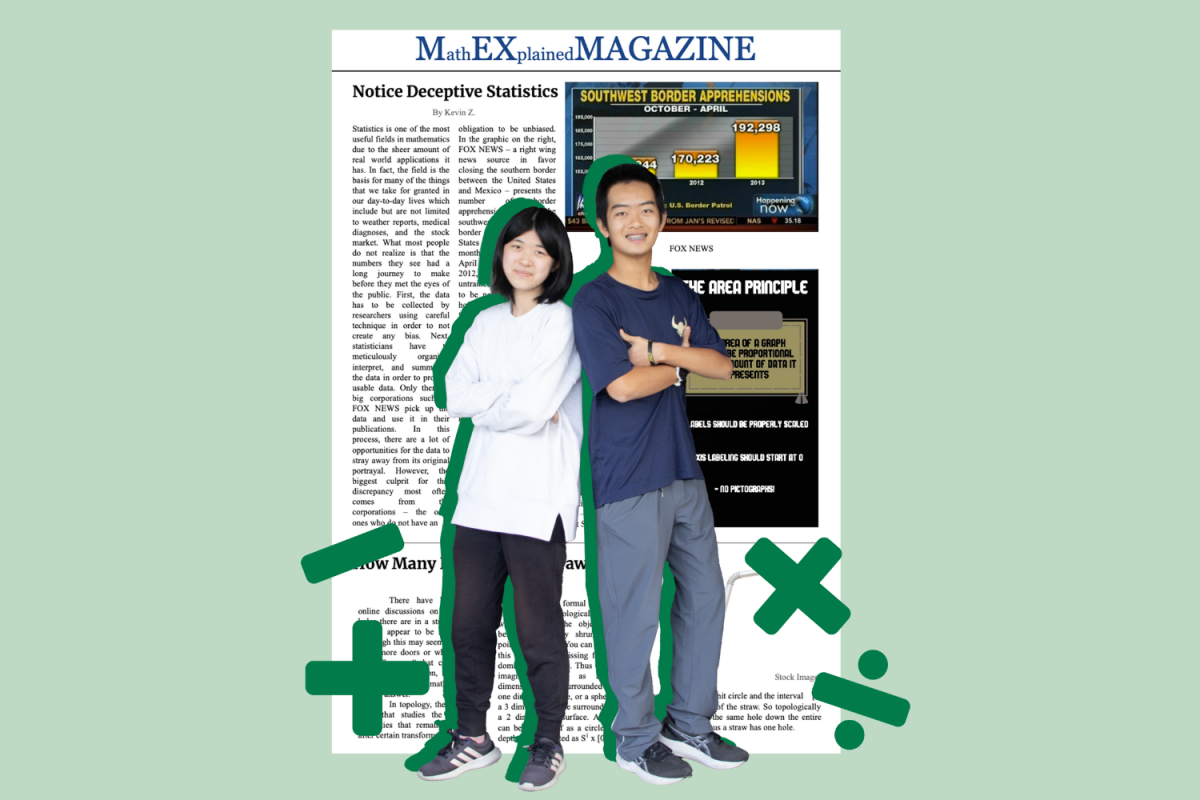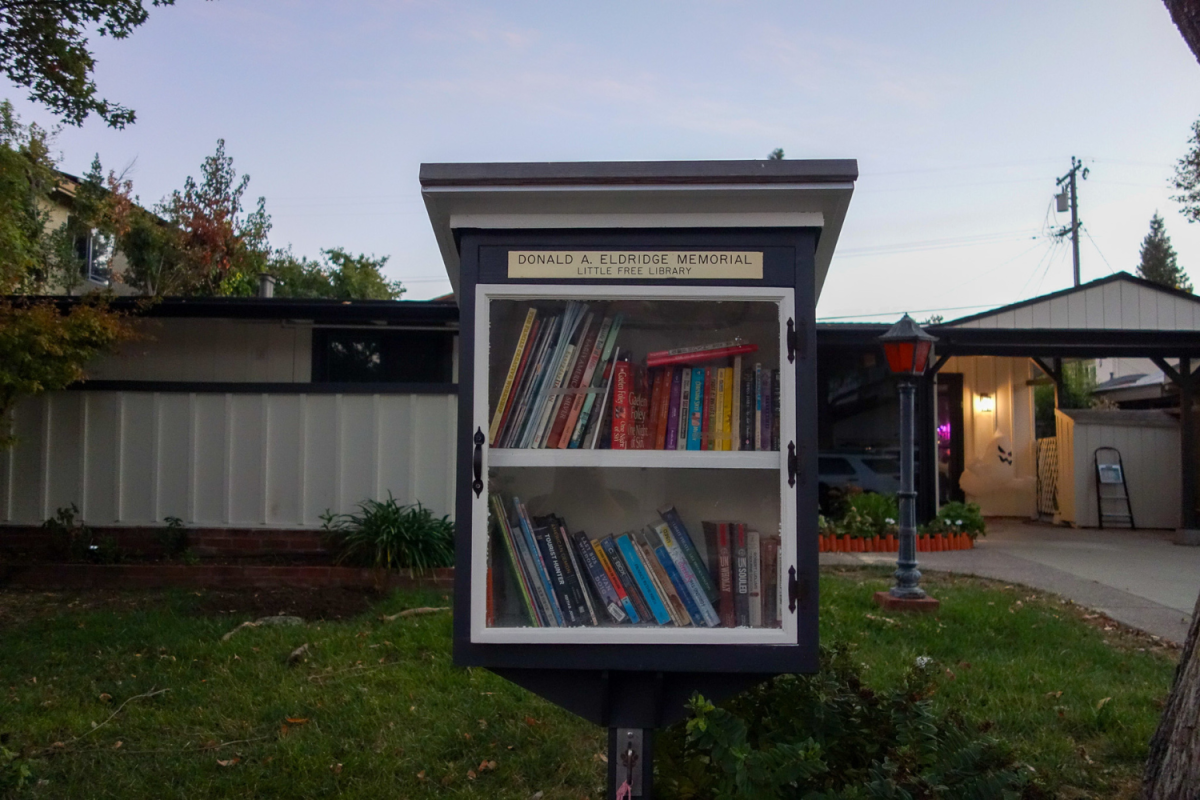What you need to know:
- Heat waves around San José in early October reached record-breaking October temperatures, affecting sports and daily life.
- Industrialization during the last few centuries in addition to the high-pressure atmospheric system in the Bay Area have resulted in these heat waves observed throughout the bay.
- Temperatures are continuing to rise, with a predicted 4.4 to 5.8 degree Fahrenheit increase in average global temperatures by 2050.
As recent heat waves set the Bay Area ablaze, students found stepping outside nearly unbearable. Even in the middle of autumn, constant sweat and intense sunlight made many feel like it was still summer. Rising temperatures in early October have reached record-breaking numbers of 106 degrees Fahrenheit in San José, corresponding to global temperature trends.
In the Bay Area, late September and October have always been known for their heat, despite being considered fall months. This heat, often referred to as “second summer,” has become more common and extends for longer periods of time.
“Having a heat wave during Homecoming week was pretty brutal for the performers,” senior Arnav Singhal said. “It was hard to focus on work during that time.”
Despite this occurring regularly, this year’s second summer reached shocking numbers. According to the Applied Climate Information System, the latest heat wave on Oct. 2 hit 106 degrees Fahrenheit, shattering the previous record for high temperatures in October, set on Oct. 5, 1987 at 101 degrees Fahrenheit. In the past 10 years, the highest temperature during these months on average was 94 degrees Fahrenheit, only surpassing 100 degrees Fahrenheit once before. This year’s jump in heat has affected many, resulting in staff and coaches postponing student-athletes’ games and rescheduling practices to accommodate the extreme heat. Lynbrook’s field hockey team experienced this first-hand.
“Not having practices due to the high temperatures is important for player safety,” junior and girls varsity field hockey player Mahi Shah said. “However, a long break from training also made it difficult for us to maintain and improve our skills during that time.”
Consistent practices and training are important for athletes to reach their fullest potential; according to a study by Redline Athletics, athletes who train 2.5 times or more per week had a 66.48% increase in strength. However, due to district-wide regulations for sports practices that state that games and practices cannot be held if temperatures are above 86.2 degrees Fahrenheit using the calculations of WetBulb Globe Temperature, the heat wave left many to train at different times of day, independently or not at all.
Temperatures in the Bay Area correspond with the overall global trend in climate, with industrialization in society being a dominant factor in this trend. According to NASA, the Earth became 2.45 degrees Fahrenheit warmer in 2023 compared to the average temperature from 1850 to 1900.
The abundant amount of exhaust from natural resources used since the Industrial Revolution that occurred in the late 18th and early 19th century has contributed to an increasing amount of record-breaking temperatures each year in the 21st century. The byproducts produced led to the amplification of the greenhouse effect: solar radiation and heat being trapped in the Earth’s atmosphere, instead of being reflected back into space, causing an excessive increase in heat. The largest source comes from transportation, which has reached 28% of the total emissions in the United States, according to the United States Environmental Protection Agency.
Urbanization in many modern countries has led to the urban heat island effect in highly-developed cities such as San José. Buildings and other infrastructure are densely packed with little vegetation, especially apparent in East San José, according to the National Oceanic and Atmospheric Administration Climate Program Office and Climate, Adaptation, Planning, Analytics Strategies Map. Compared to natural landscapes, these structures re-emit solar heat much more, causing the formation of small islands with warmer atmospheres compared to their surrounding areas.
“There is variability of temperature between one place to another place,” said Ismaila Diallo, assistant professor of the Department of Meteorology and Climate Science at San José State University. “Buildings have the largest effect in San José, which also means less green areas.”
In the Bay Area, there exists a high-pressure system which has been a major factor in facilitating the heat wave. The system causes the air in the atmosphere to be compressed downward, heating it up. Additionally, this system leads to a high-pressure seal, forming a heat dome and trapping the warm air in the region. This system also prevents the marine layer, an important regulator of temperature, from thinning out and being unable to penetrate inland.
When an area has a high-pressure system, there typically is less humidity in that area. Air descends to lower altitudes in high-pressure areas, resulting in the compression of air and the formation of a warmer air mass. Warmer air holds more moisture than colder air, resulting in lower levels of humidity.
“Sometimes we see heat waves with even less humidity,” Diallo said. “When you have high pressure, the moisture moves from high to low altitudes, so you will see less humidity in that area.”
These lower levels of humidity contribute to the dryness that many regions across California have experienced. Together with the heat waves, this results in an increased chance of wildfires in a state renowned for its fiery blazes. A study published in the Journal of Geophysical Research Atmospheres, reveals 60% of wildfires happen during hot and dry days.
As temperatures rise, so does the demand for air conditioners, the use of which contributes to further environmental instability. Within the past two decades, air conditioner usage in homes around the U.S. has increased by 11% from 2001 to 2020, according to the U.S. Energy Information Administration. With air conditioners contributing nearly 10% of global electricity usage, concerns have risen over the potentially harmful effects of this overuse on the environment.
“Air conditioner use for each classroom at Lynbrook is up to the teacher’s discretion,” FUHSD Climate Collective Lead Arnav Singhal said. “To manage usage responsibly, sometimes it helps to put things in perspective: If you increase or decrease the temperature in classrooms by just one degree Fahrenheit, how many trees are you saving?”
Another prominent side effect of heat waves is heat-related illnesses with varying degrees of severity, ranging from mild complications of heat cramps and fatigue to severe heat stroke. As temperatures in the environment rise, it becomes harder for the human body to regulate a healthy body temperature.
“During the heat wave, people seemed more lethargic,” Shah said. “It was kind of hard to sit down and focus on the learning we needed to do.”
The recent heat waves, paired with California’s dry climate, are affecting many aspects of daily life, such as sports and wildfire safety. With California’s daily maximum average temperature being predicted to rise 4.4 to 5.8 degrees Fahrenheit by 2050, heat waves similar to those in October are projected to occur more frequently with increased severity in the near future.








































































